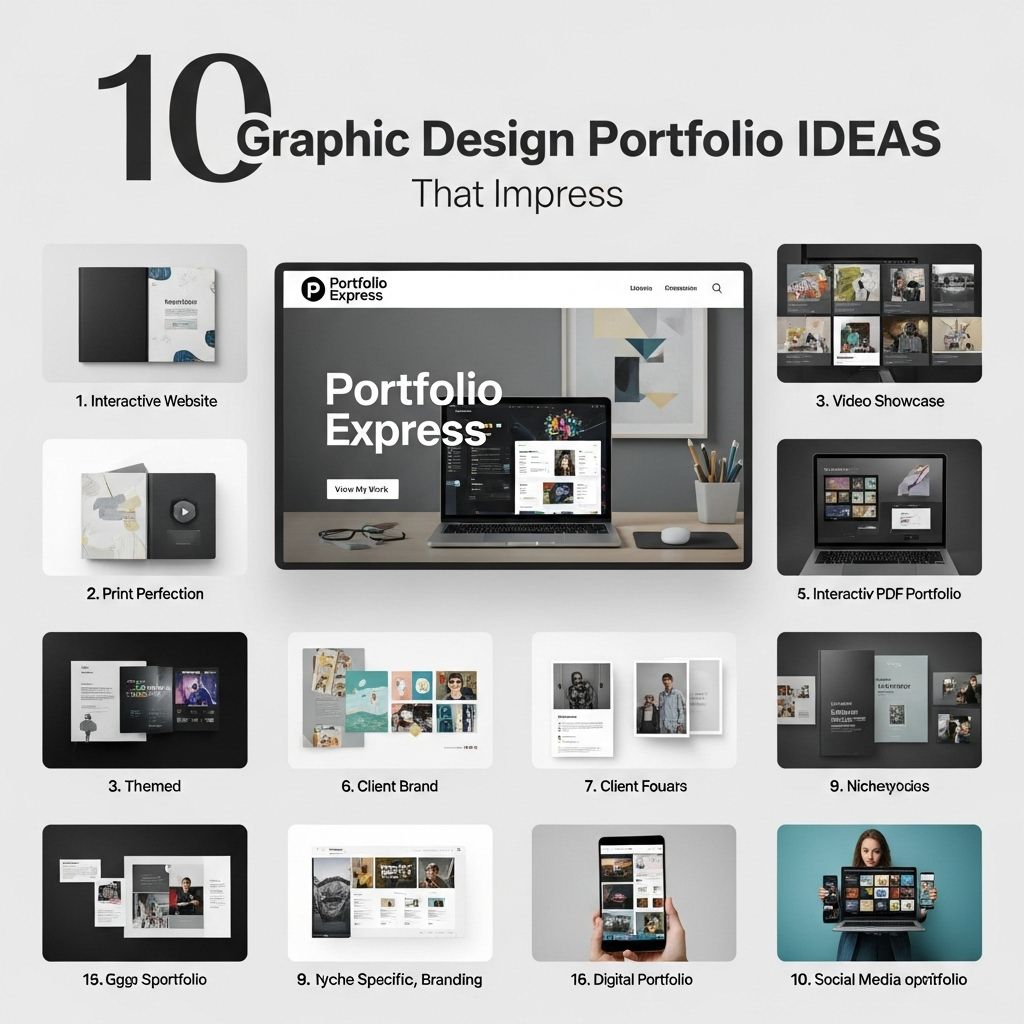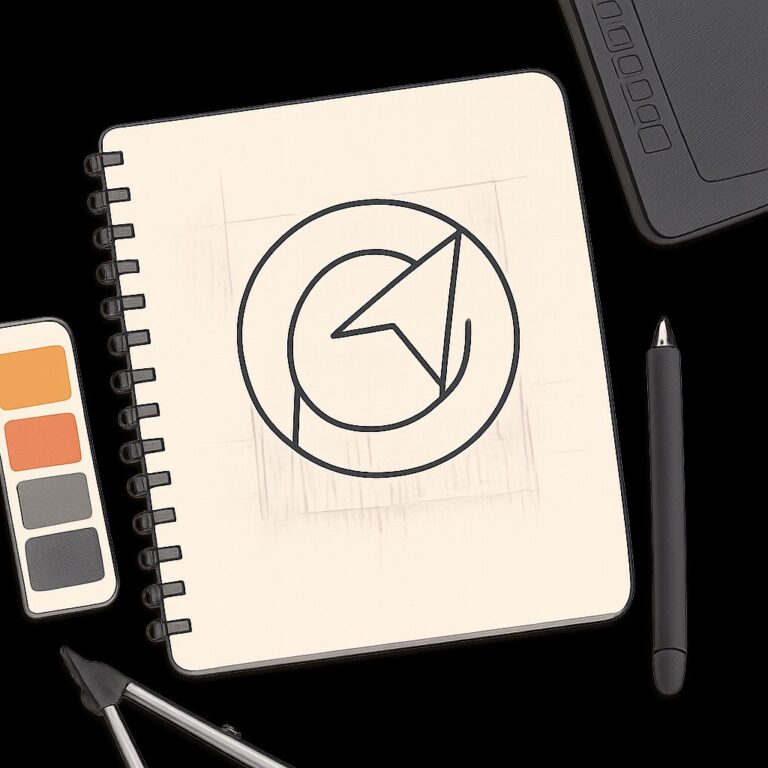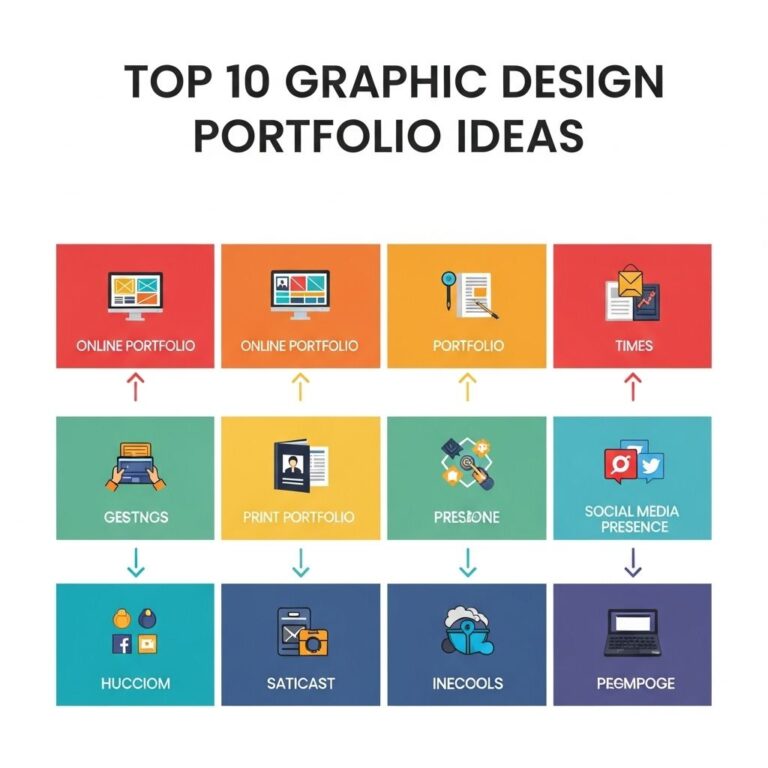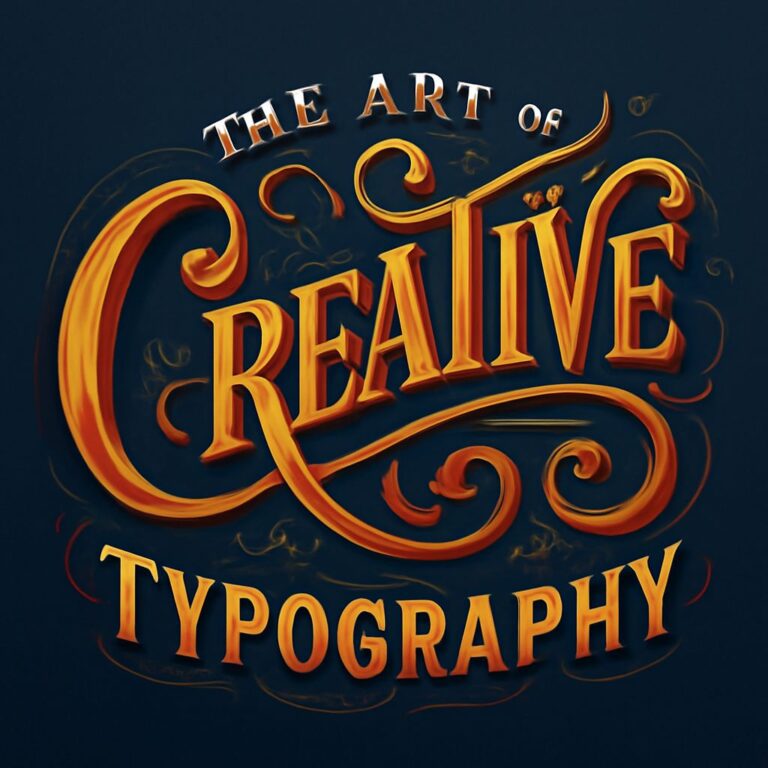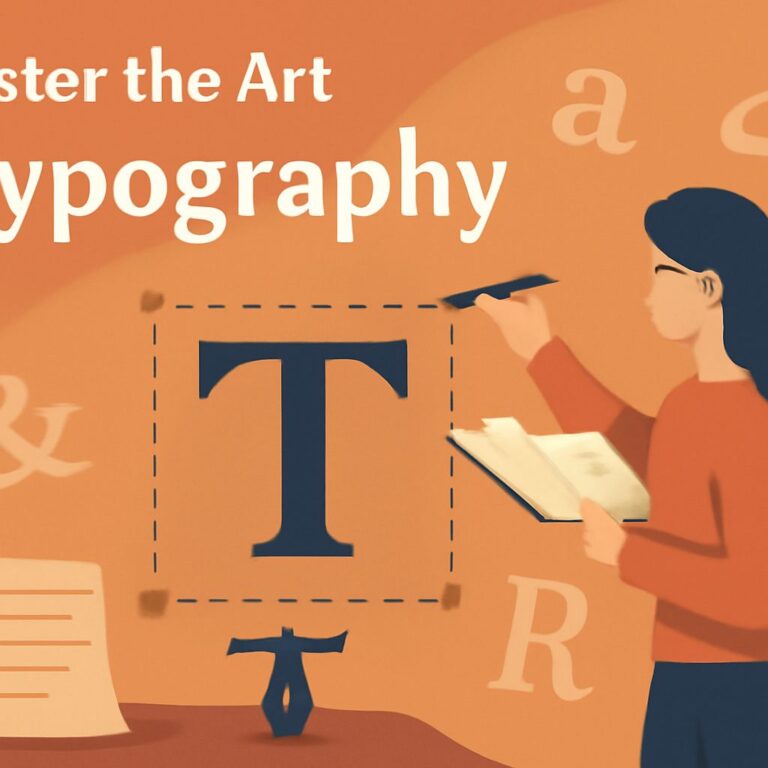In the competitive world of graphic design, having a standout portfolio is essential. It not only showcases your skills but also provides potential clients with an insight into your creative process and versatility. A well-curated portfolio can make a significant difference in landing the job of your dreams. This article discusses ten innovative ideas to elevate your graphic design portfolio, making it both impressive and memorable.
Table of Contents
1. Personal Branding
Your portfolio should reflect your personal brand. This includes your logo, typography, and color scheme that align with your design style. Here’s how to establish a strong personal brand:
- Design a logo that represents your style.
- Choose a consistent color palette.
- Utilize unique typography.
Creating a Cohesive Look
Ensure that all elements of your portfolio are cohesive. Consistency will reinforce your brand identity and create a professional appearance. Tools like Adobe Illustrator can help you design branded assets effectively.
2. Show a Diverse Range of Work
To impress potential clients, your portfolio should showcase various types of projects. Include:
- Branding projects
- Print design
- Web design
- Illustrations
- Motion graphics
Highlight Your Best Work
Categorize your projects and highlight your best work in each category. This will demonstrate versatility and the ability to adapt to different styles and formats.
3. Case Studies
Instead of simply displaying your work, create detailed case studies for selected projects. A case study can include:
- The problem statement
- Your design process
- Final outcomes
- Client feedback
Example Structure of a Case Study
Here’s a template you can follow:
| Section | Description |
|---|---|
| Introduction | A brief overview of the project. |
| Problem | The challenge you were tasked with. |
| Process | Your design approach and tools used. |
| Results | Outcomes and client satisfaction. |
4. Interactive Elements
Incorporating interactive elements into your portfolio can engage visitors and demonstrate your web design skills. Consider adding:
- Hover effects on images
- Clickable prototypes
- Animation and transitions
Tools for Interactivity
Use tools like Figma or Adobe XD to create interactive prototypes that allow users to explore your designs in a dynamic way.
5. Testimonials
Including client testimonials builds credibility and trust. A few well-placed quotes can reinforce your skills and work ethic. Ensure you:
- Ask clients for feedback after project completion.
- Display these testimonials prominently on your portfolio.
Creating Effective Testimonials
Focus on specific qualities or results mentioned by clients, which can be impactful for potential leads.
6. Professional Photography
High-quality visuals are crucial for a graphic design portfolio. Invest in professional photography for your prints and products. This enhances the overall aesthetic and appeal.
Best Practices for Photography
- Use natural light for better color representation.
- Showcase your work in context.
- Ensure the background is clean and unobtrusive.
7. User-Friendly Navigation
An intuitive layout makes it easy for visitors to explore your portfolio. Implement a straightforward navigation bar and consider:
- Organizing by project type or date.
- Including a search function.
- Utilizing breadcrumbs for easy navigation.
Testing Your Navigation
Ask friends or colleagues to navigate your portfolio and provide feedback. This can help identify any confusing areas.
8. Blog Section
Adding a blog to your portfolio allows you to share insights, trends, and tips related to graphic design. This can help establish you as an authority in your field.
Topics to Cover
- Design trends
- Software tutorials
- Industry news
- Your design process
9. Regular Updates
Keep your portfolio fresh by regularly adding new projects and removing outdated ones. Regular updates show that you are active and evolving as a designer.
Setting a Schedule
Consider scheduling updates quarterly or bi-annually to ensure your portfolio reflects your current skills and style.
10. Optimize for SEO
If your portfolio is online, optimizing it for search engines is crucial for visibility. Focus on:
- Using relevant keywords in your descriptions and titles.
- Utilizing alt text for images.
- Creating a mobile-responsive design.
SEO Tools
Utilize tools like Google Keyword Planner to identify relevant keywords and optimize your portfolio accordingly.
In conclusion, creating a graphic design portfolio that impresses requires careful planning and execution. By incorporating these ten ideas, you can create a portfolio that not only showcases your skills but also tells your unique story as a designer. Stand out in the competitive landscape of graphic design and attract clients that resonate with your style.
FAQ
What are some creative graphic design portfolio ideas?
Consider showcasing a mix of personal projects, client work, and experimental designs. Use varied formats like interactive websites, physical portfolios, or digital presentations to stand out.
How can I make my graphic design portfolio stand out?
Incorporate unique layouts, engaging visuals, and a cohesive theme. Highlight your best work and include case studies that detail your design process and the results achieved.
Should I include personal projects in my graphic design portfolio?
Yes, personal projects can demonstrate your creativity and passion. They also give potential clients or employers insight into your interests and design style.
What types of work should I include in my graphic design portfolio?
Include a diverse range of work such as branding, print design, web design, and illustrations. This shows your versatility and ability to tackle different design challenges.
How often should I update my graphic design portfolio?
Regularly update your portfolio, ideally every few months, to include new projects and remove outdated work. This keeps your portfolio fresh and relevant.
What format is best for showcasing my graphic design portfolio?
Digital formats like a personal website or online portfolio platforms are popular. They allow for easy sharing and can incorporate interactive elements to engage viewers.

